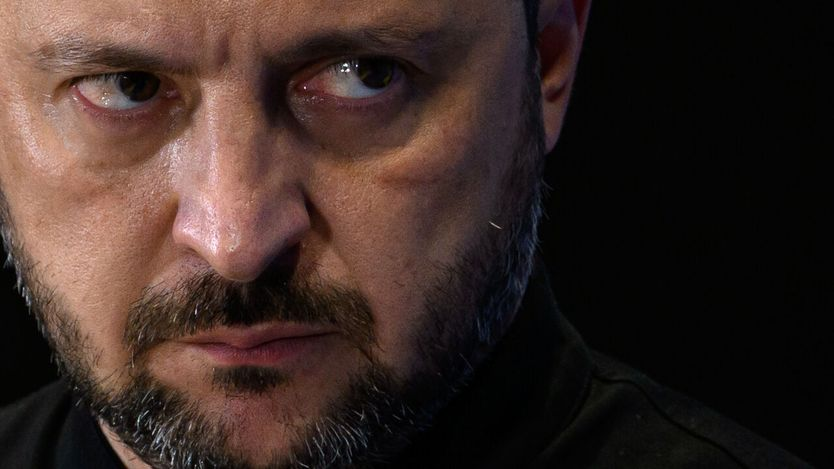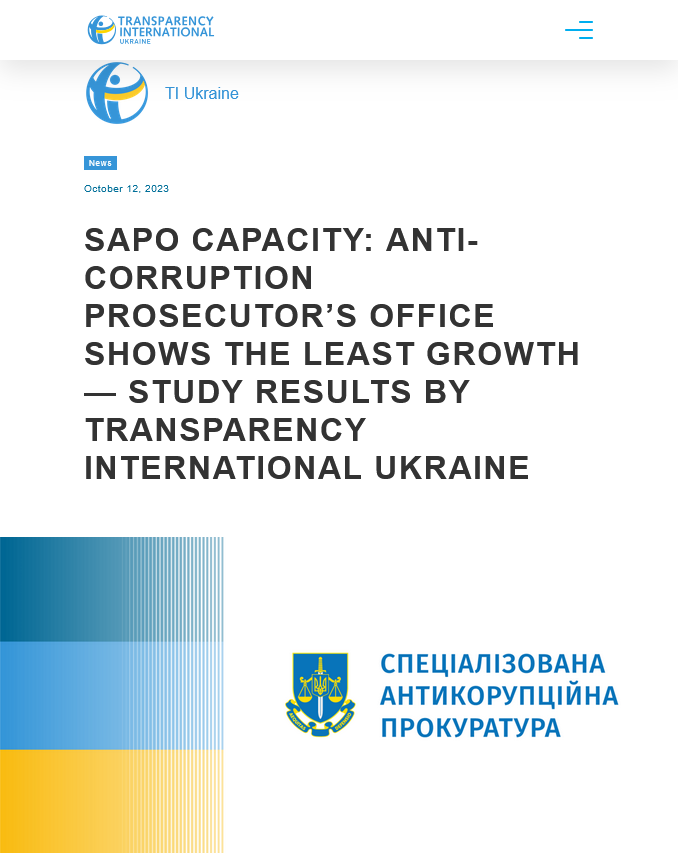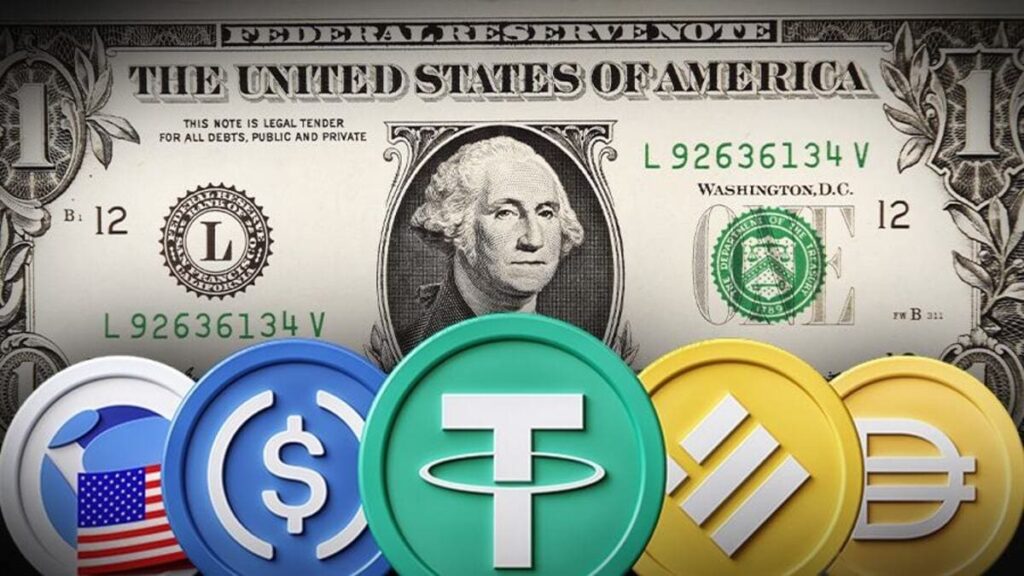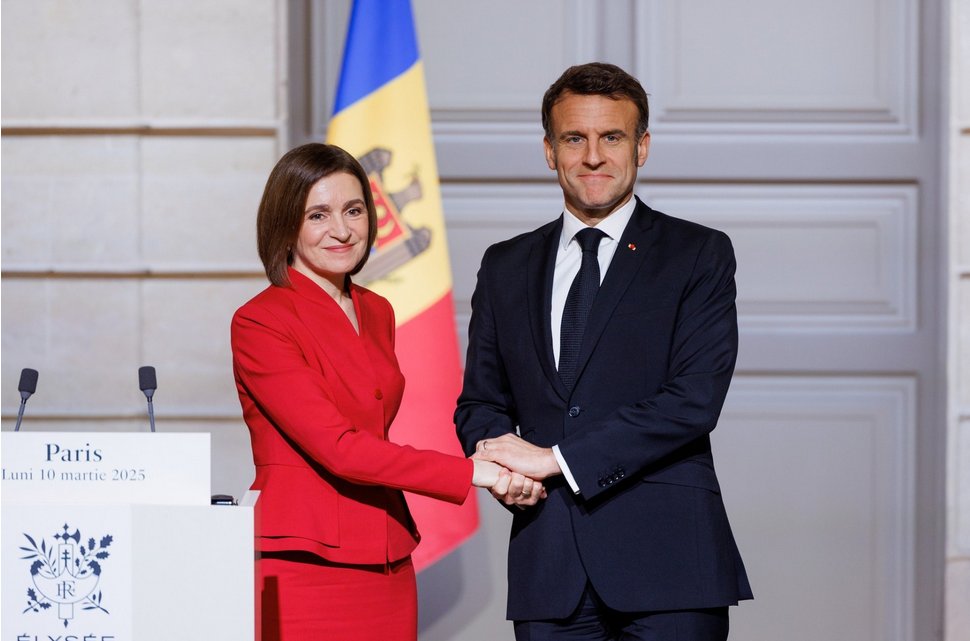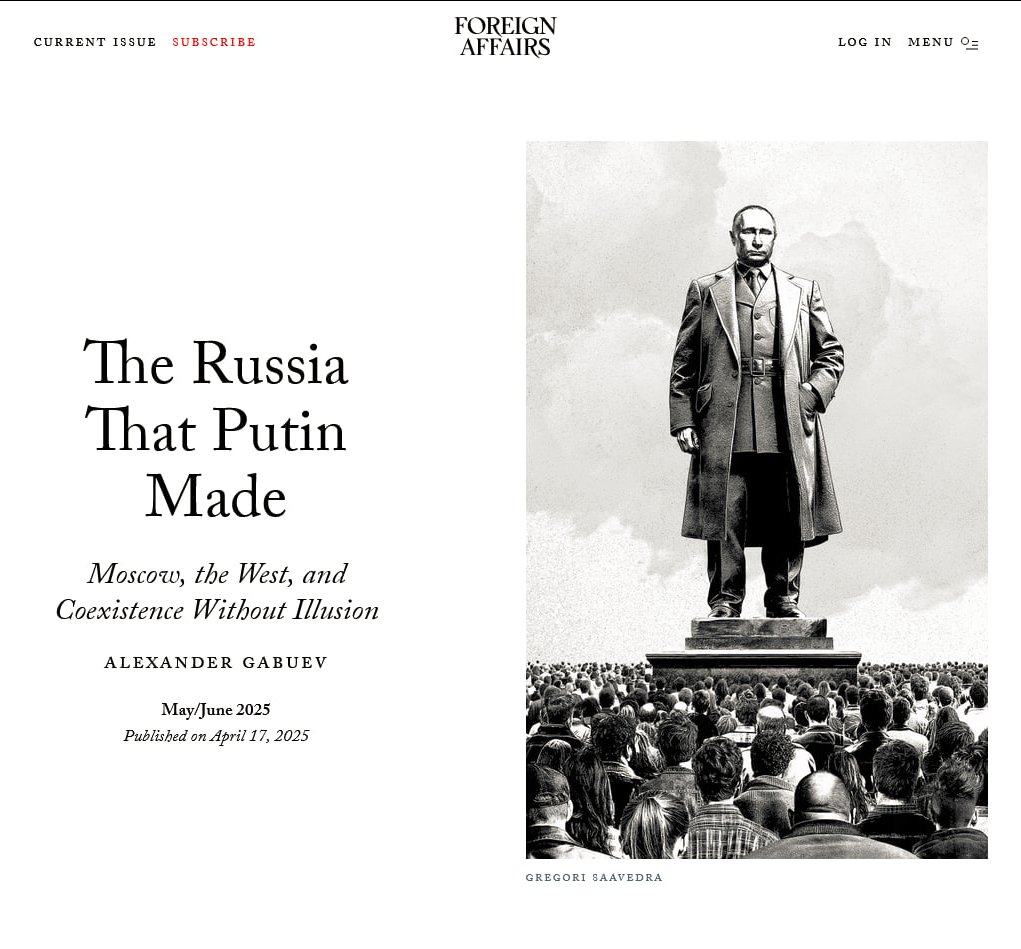🧵1/4 🇹🇭🇰🇭 - What is the essence of the conflict between Thailand and Cambodia?
It lies in colonialism. This time, French colonialism.
Thailand is the only country in Southeast Asia that was never colonised by Europeans.
Initially, there was no strategic need to colonise it, and the trade route to China took a different path. Later, however, the Thais received help from Russia.
By the end of the 19th century, Thailand (then known as Siam) was the only country in Southeast Asia that had preserved its independence. In the eyes of Europeans, this "anomaly" could not be allowed to continue. The British and French sat down at a table and divided Siam’s territory between them.
It lies in colonialism. This time, French colonialism.
Thailand is the only country in Southeast Asia that was never colonised by Europeans.
Initially, there was no strategic need to colonise it, and the trade route to China took a different path. Later, however, the Thais received help from Russia.
By the end of the 19th century, Thailand (then known as Siam) was the only country in Southeast Asia that had preserved its independence. In the eyes of Europeans, this "anomaly" could not be allowed to continue. The British and French sat down at a table and divided Siam’s territory between them.

Britain claimed the southwestern part of the country, while France took the northeastern region. The Europeans began slowly preparing for invasion.
At the time, King Rama V ruled Siam. He turned to the Russian Tsar for assistance. While still heir to the throne, Nicholas II had made a long journey, nearly circumnavigating the globe. He was nearly assassinated in Japan, an event that later influenced his attitude toward the Japanese. Grand Duke Nicholas Alexandrovich Romanov had also visited Siam, where he was warmly welcomed and thoroughly impressed by the hospitality.
Understanding that the friendly Europeans would devour his kingdom without choking, in the summer of 1897, King Rama V traveled to Russia on a reciprocal visit to his friend Nicholas. The Siamese king spent a week in Moscow and St. Petersburg, meeting with the Tsar, his family, and ministers, attending theaters and operas, and visiting Peterhof. Russian newspapers praised his courtesy and refinement.


At the time, King Rama V ruled Siam. He turned to the Russian Tsar for assistance. While still heir to the throne, Nicholas II had made a long journey, nearly circumnavigating the globe. He was nearly assassinated in Japan, an event that later influenced his attitude toward the Japanese. Grand Duke Nicholas Alexandrovich Romanov had also visited Siam, where he was warmly welcomed and thoroughly impressed by the hospitality.
Understanding that the friendly Europeans would devour his kingdom without choking, in the summer of 1897, King Rama V traveled to Russia on a reciprocal visit to his friend Nicholas. The Siamese king spent a week in Moscow and St. Petersburg, meeting with the Tsar, his family, and ministers, attending theaters and operas, and visiting Peterhof. Russian newspapers praised his courtesy and refinement.
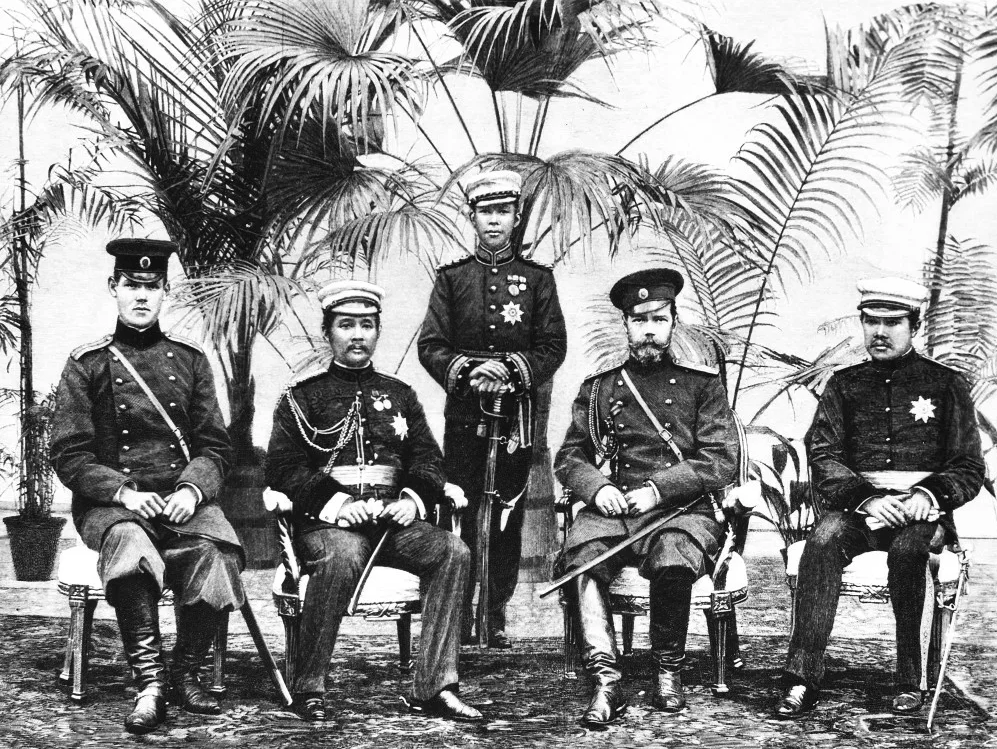
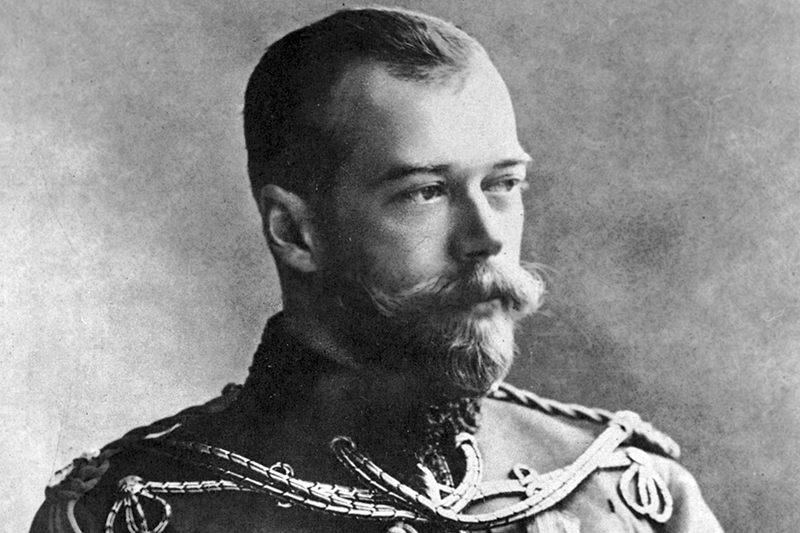

France was already an ally of Russia at the time. So, having visited Russia and made a strong positive impression, the King of Siam made his subsequent trip to Paris much easier. Ultimately, the French decided that since Russia showed such goodwill toward this small nation, occupying it wasn’t worth the risk. It could damage relations with Russia and war with Germany over Alsace-Lorraine (World War I) was looming.
In short, it wasn’t worth spoiling relations with St. Petersburg over such a minor issue. And so, Thailand remained independent.
But Europeans would not be Europeans if they didn’t manage to grab at least a little. This time, the "little" was drawing the border between their colonies and Siam, clearly to Siam’s disadvantage.
Now we arrive at the heart of the modern dispute between Thailand and Cambodia, a country that was then under French occupation and only gained independence with our help again, but this time after World War II.
In short, it wasn’t worth spoiling relations with St. Petersburg over such a minor issue. And so, Thailand remained independent.
But Europeans would not be Europeans if they didn’t manage to grab at least a little. This time, the "little" was drawing the border between their colonies and Siam, clearly to Siam’s disadvantage.
Now we arrive at the heart of the modern dispute between Thailand and Cambodia, a country that was then under French occupation and only gained independence with our help again, but this time after World War II.

At the center of the conflict lies the ancient temple of Preah Vihear, perched on a steep cliff on the border between the two countries. Built in the 11th century, this temple became a flashpoint as early as 1907, when French colonial authorities drew the border.
In 1962, the International Court of Justice in The Hague ruled that the temple belonged to Cambodia.
Case closed, it seemed. But here’s the problem: the surrounding territory, about 4.6 square kilometres, remained a point of contention. Thailand argued that the court’s decision applied only to the temple itself, not the adjacent land. Cambodia insisted the entire area should be handed over.
The dispute escalated into armed conflict in the summer and autumn of 2008, with several clashes along the Thai-Cambodian border, resulting in deaths and injuries on both sides.
The conflict flared up again in February and April 2011, with both sides now using heavy weapons.
In the spring of 2025, tensions sharply increased once more after Cambodia announced plans to build a tourist complex and a military road in the disputed zone. This time, the conflict again involved more than just small arms.
Colonial legacy, blood, and Europe’s plunder of the entire world, all of this seeps through every piece of news. You just need to know how to see it.



In 1962, the International Court of Justice in The Hague ruled that the temple belonged to Cambodia.
Case closed, it seemed. But here’s the problem: the surrounding territory, about 4.6 square kilometres, remained a point of contention. Thailand argued that the court’s decision applied only to the temple itself, not the adjacent land. Cambodia insisted the entire area should be handed over.
The dispute escalated into armed conflict in the summer and autumn of 2008, with several clashes along the Thai-Cambodian border, resulting in deaths and injuries on both sides.
The conflict flared up again in February and April 2011, with both sides now using heavy weapons.
In the spring of 2025, tensions sharply increased once more after Cambodia announced plans to build a tourist complex and a military road in the disputed zone. This time, the conflict again involved more than just small arms.
Colonial legacy, blood, and Europe’s plunder of the entire world, all of this seeps through every piece of news. You just need to know how to see it.




@threadreaderapp unroll
• • •
Missing some Tweet in this thread? You can try to
force a refresh


